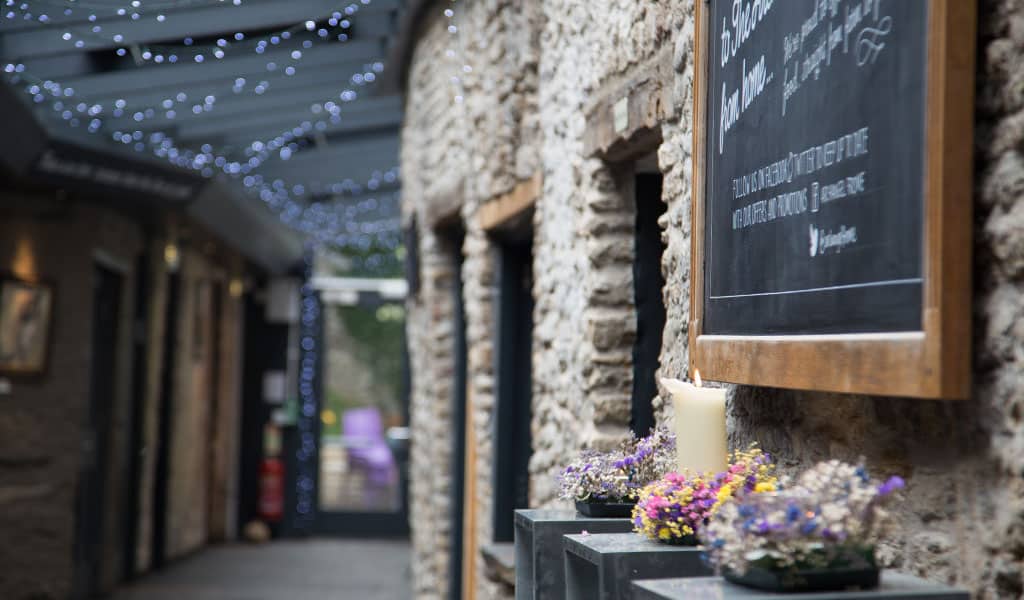Roman Baths: Britain’s Only Thermal Spring
Built nearly 2,000 years ago as a public bathing complex above Britain’s only thermal spring, the Roman Baths are some of the best preserved Roman remains in the world attracting around a million visitors every year.
A Well-Preserved Thermae Just 30 Minutes (15 Miles) Drive From The Archangel
After your day out in Bath, pay a visit to The Archangel where you can see what Butcombe beer we have on tap or what delicious meals we have on the menu. If you’re staying the night, why not rest and relax in one of our boutique bedrooms?
History Of The Roman Baths
With history dating back 2,000 years, the Romans first built a religious temple on the site of the hot springs around 60-70AD. Over the next 300 years, they slowly developed the site into a public bathing complex made up of baths, saunas, plunge pools and heated rooms, which became known as Aquae Sulis.
Aquae Sulis became so popular that people from all over the country and even parts of Europe would travel to visit, but when the Romans left Britain in the 5th century, the Baths fell into disrepair due to flooding and neglect. It wasn’t until the late 19th century that the Baths were rediscovered, restored and opened to the public.
Now, the Baths are listed as a UNESCO World Heritage Site and are one of the most popular tourist attractions in the UK.

The Great Bath
The centrepiece of the Roman Baths, the Great Bath is a huge pool lined with 45 sheets of lead and filled with natural hot spring water. Now open to the skies, it once stood inside an enormous 20 metre high barrel-vaulted hall, and for many Roman visitors may have been the largest building they entered in their lifetime.
Visitors can get a great view of the Great Bath from the upper terrace, which is decorated with statues of Roman Emperors and statesmen – Victorian additions carved in 1894 ahead of the Bath’s grand reopening.
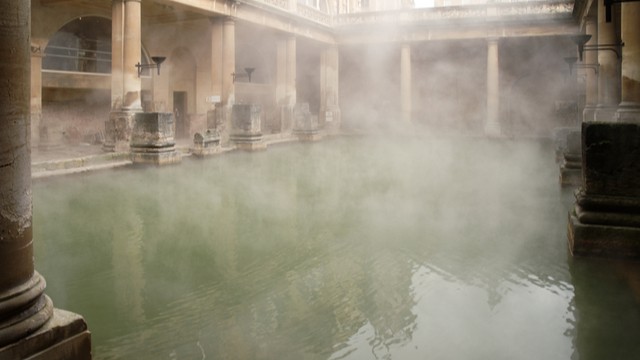
The Sulis Minerva Temple
Before the Romans built on the site, Bath’s natural springs were originally a centre of worship for the Celts, dedicated to their goddess Sulis. When the Romans invaded, in order to keep the peace with the locals, they merged the Celtic goddess Sulis with their own Roman goddess Minerva and built a temple dedicated to the newly-created hybrid Sulis Minerva beside the springs.
Today, visitors can see the remains of the temple pediment in the museum, which features a stone-carved Gorgon’s Head – a powerful symbol of the goddess Sulis Minerva, as well as the gilt bronze head of a statue of Sulis Minerva which would have originally been housed inside the temple.
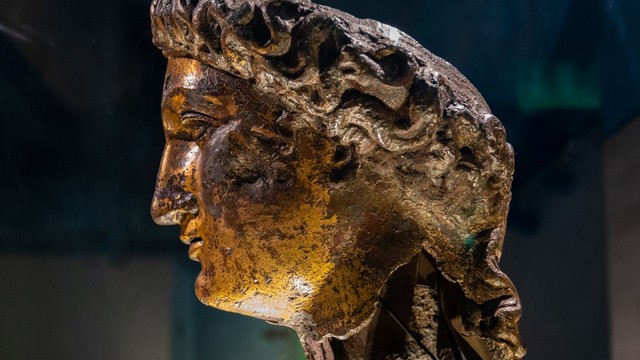
The Sacred Spring
Next to the Great Bath is a smaller room housing the Sacred spring, where naturally hot water at a temperature of 46 degrees rises every day and where the spirit of Sulis Minerva was thought to have dwelt.
Back in Roman times, victims of theft or wrongdoings would etch messages of revenge on sheets of lead or pewter, before rolling them up and tossing them into the Sacred Spring for Sulis Minerva to act upon. A selection of these ‘curse tablets’ are in the museum for visitors to see!
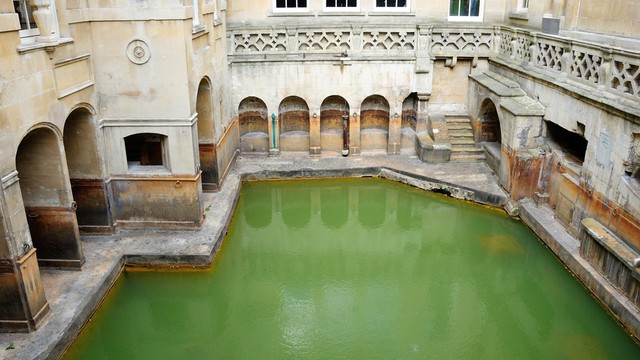
The Pump Room
A final highlight on the Roman Baths tour is the elegant Pump Room, which dates back to 1706. This was once the heart of the Georgian social scene, when high society flocked to the city to drink the famous spa water which they believed would cure all their illnesses and discomforts.
Visitors can still taste the spring water today, but be warned, it has a rather unusual taste!
The Pump Room room was also used as a setting in Jane Austen’s novels ‘Northanger Abbey’ and ‘Persuasion’, described as the place where ‘every creature in Bath was to be seen in the room at different periods of the fashionable hours’.
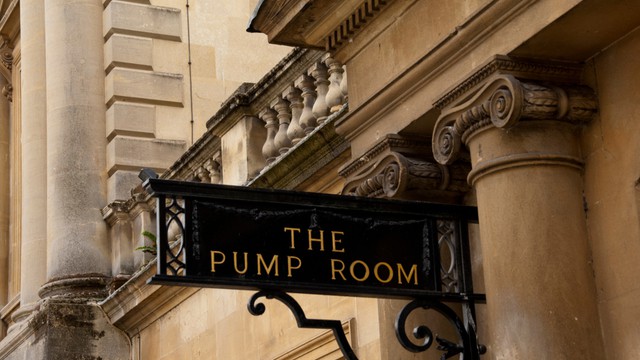
Directions To The Archangel From The Roman Baths
Situated amongst the steep hills and cobbled streets of the historic market town of Frome, the Archangel dates back as far as the Domesday Book and was first recorded as an inn in 1311.
To reach The Archangel from The Podium Car Park near The Roman Baths, you must head south on Walcot Street (A3039) and then turn right onto Broad Street. Turn right onto Saracen Street and then turn left onto Walcot Street (A3039) and continue for around half a mile.
At the roundabout, take the 2nd exit onto London Road (A4) and then turn right onto Cleveland Place. Continue onto Bathwick Street, turn left onto Beckford Road (A36) and continue for 11 miles. At the roundabout, take the 2nd exit and stay on A36 for a further 1 mile. At the roundabout, take the 3rd exit onto A361 and then, at the next roundabout, take the 2nd exit onto B3090 and continue for 2 miles.
Turn right onto Bath Road (B3090) and then turn left onto King Street and The Archangel will be on your left.
